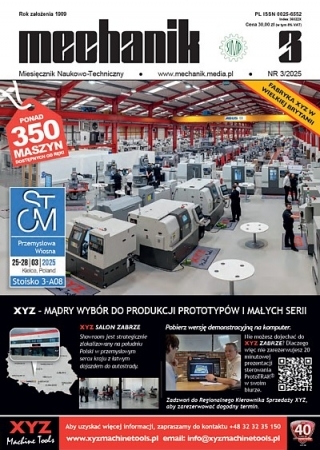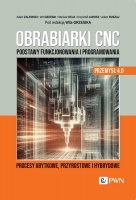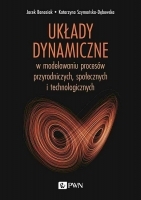Bionika w rozwoju procesów obróbki ściernej *
Bionic in grinding processes development
Mechanik nr 10/2016 - X Szkoła Obróbki Skrawaniem, XXXIX Naukowa Szkoła Obróbki Ściernej
STRESZCZENIE: Bionika to interdyscyplinarna nauka badająca budowę i zasady funkcjonowania organizmów żywych oraz procesy występujące w przyrodzie w celu inspirowania rozwiązań problemów technicznych. Dotyczy to również procesów wytwarzania. W artykule przedstawiono bioniczną koncepcję doskonalenia szlifierek i procesu szlifowania.
SŁOWA KLUCZOWE: sztywność, odporność na drgania, zużycie, samoregeneracja
ABSTRACT: Bionic is interdisciplinary science which investigates structures and principle of alive organisms activity and processes occurring in the nature in order to inspire technical problems solutions including manufacturing processes. In the paper the bionic conception of machine tools and grinding process development are presented.
KEYWORDS: stiffness, vibration resistance, wear, self-regeneration
BIBLIOGRAFIA / BIBLIOGRAPHY:
- Walter L., Isenmann R., Moehrle M.G. “Bionic in patents – se mantic based analysis for the exploitation of bionic principles in patents”. Procedia Engineering. Vol. 9 (2011): pp. 620÷632.
- Ruszaj A. “Bionic Impact on Industrial Production Development”. Advances in Manufacturing Science and Technology. Vol. 39 (2015): pp. 5÷22.
- Ruszaj A. „Bioinspiracje w projektowaniu konstrukcji lekkich”. Mechanik. Nr 2 (2016): s. 88÷92.
- Li B., Hong J., Liu Z. “Stiffness design of machine tool structures by a biologically inspired topology optimization method”. International Journal of Machine Tools & Manufacture (2014), http://dx.doi.org/10.1016/j.ijmachtools.2014.03.005.
- Chen Z., Lu S., Song X., Zhang H., Yang W., Zhou H. “Effects of bionic units on the fatigue wear of grey iron surface with different shapes and distributions”. Optics & Laser Technology. Vol. 66 (2015): pp. 166÷174.
- Lu J., Yang CH., Zhang L., Feng A., Jang Y. “Mechanical Properties and Microstructure of Bionic Non-Smooth Stainless Steel Surface by Laser Multiple Processing”. Journal of Bionic Engineering. Vol. 6 (2009): pp. 180÷185.
- Linke B.S., Moreno J. “New Concept for bio-inspired grinding”. Journal of Manufacturing Processes. Vol. 19 (2015): 73÷80.
- Ma M., Hill M.R. „Superhydrofobic surfaces”. Current Opinion in Colloid and Interface Science. Vol. 11 (2006): pp. 193÷202.
- Molfino R.M, Zoppi M. “A robotic system for underwater eco-sustainable wire-cutting”. Autom Constr. Vol. 24 (2012): pp. 213÷23.
- Schmid S.R., Nebosky P.S. “A manufacturing framework for biomemetic porous metals”. Trans NAMRI/SME. Vol. 37 (2009): pp. 183÷188.
- Shu L.H., Ueda K., Chiu I., Cheong H. “Biologically inspired design”. CIRP Annals – Manufacturing Technology. Vol. 60 (2011): pp. 673÷693.
- Walter C., Komischke T., Kuster F., Wegener K. ”Laser – structured grinding tools – Generation of prototype patterns and performance evaluation”. Journal of Materials Processing Technology. Vol. 214 (2014): pp. 951÷961.
- ”Wojciech Kacalak – Charakterystyka dorobku naukowego”, http://docplayer.pl/2844153.




















